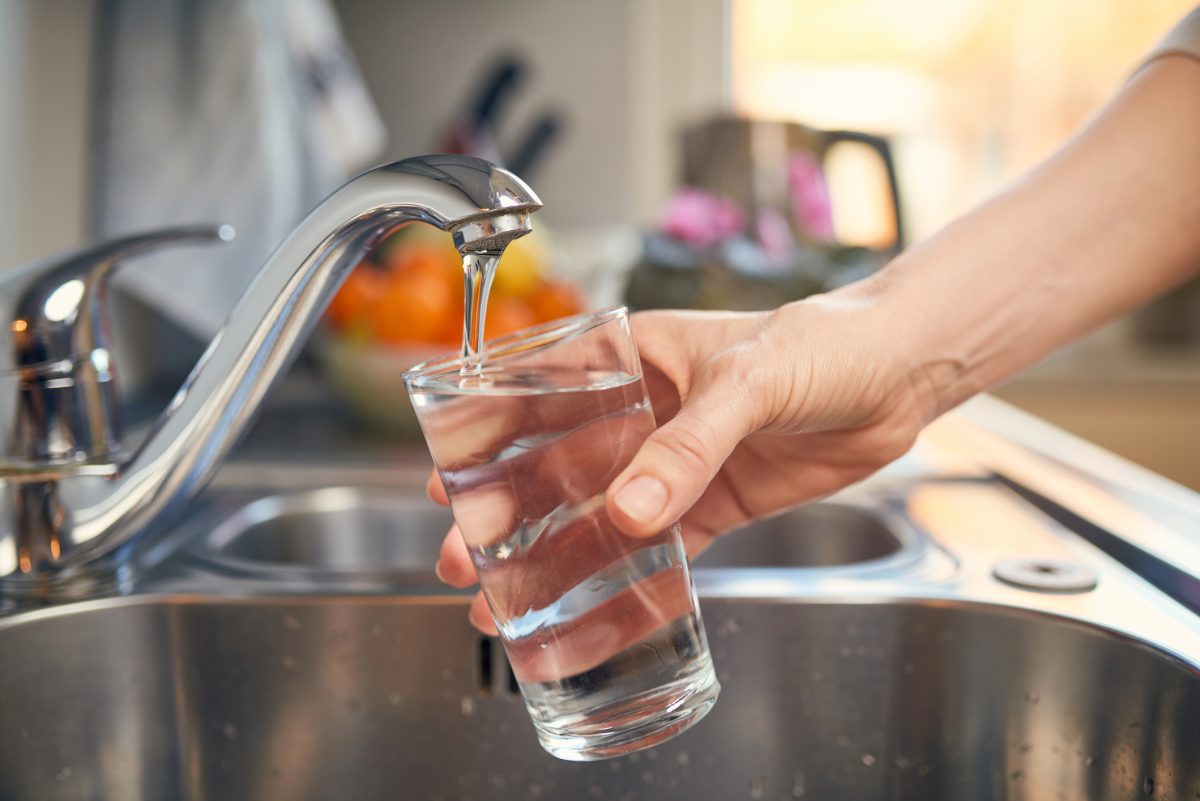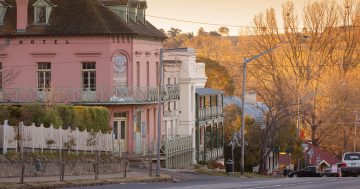
Queanbeyan-Palerang Regional Council says the water is still safe to drink. Photo: sonsam.
The Queanbeyan-Palerang Regional Council (QPRC) is pushing for a new water pipeline between Queanbeyan and Bungendore to be fast-tracked after a number of synthetic chemicals were found in Bungendore’s drinking water.
Water samples from Queanbeyan, Googong, Braidwood and Captains Flat were clear during a recent council-run testing program, but Bungendore recorded two types of PFAS chemicals (per- and polyfluoroalkyl substances).
These are from a group of more than 4000 synthetic chemicals widely used in everyday products including sunscreens, dental floss, stain protection chemicals, paper coating and fire-fighting foams.
They’re very effective at resisting heat, stains, grease, and water.
“Council’s testing detected a type of PFAS known as PFOS at four nanograms per litre (or parts per trillion), and another type known as PFHxS at two nanograms per litre (or parts per trillion),” Mayor Kenrick Winchester said.
“Four parts per trillion is the equivalent of one millilitre diluted into 100 Olympic swimming pools.”
In other words, under guidelines developed by the National Health and Medical Research Council (NHMRC), the water is still safe to drink.
“The Australian Drinking Water Guidelines currently set a health guideline value of 70 parts per trillion of combined PFOS and PFHxS as the threshold, so the testing results are more than 10 times below that limit,” Mr Winchester said.
The NHMRC is currently seeking feedback from the Australian community on making these guidelines stricter, by tallying individual PFAS values, rather than totalling them as a group.
Under these, PFOS would be capped at no more than four parts per trillion, and PHFxS at well under 30 parts per trillion.
According to the mayor, this would put the levels in Bungendore’s water “right at the limit”.
“While these testing results were unexpected, it is reassuring that we are within the guidelines, and we will be working to ensure that we remain within them if new values are adopted.”

Further development of Bungendore will have to be stopped until the water situation is sorted, QPRC says. Photo: Shayna Siakimotu.
A $65-million project, funded jointly by the NSW, ACT and Federal governments, aims to build a new water pipe between Queanbeyan and Bungendore, without which the council has said it “will need to press pause on any more development”.
A preferred route has been settled on, and the next stage will “investigate the practicalities”.
Mr Winchester said the project was now “more urgent and critical for the long-term water security for Bungendore”.
“Council will be advocating strongly for this important project with both our state and federal local members. We will have a designed, shovel-ready project very soon and are seeking their support to make it happen.”
In the meantime, QPRC general manager Rebecca Ryan said the matter had been reported to “relevant government agencies and water authorities” while the council also did its own investigations on where the chemicals came from.
“We have implemented fortnightly testing to see if this may be a short-lived event and to find out if the levels are remaining static, declining, or increasing,” she said.
“We will publish these results on our website along with more information about PFAS.”
She also stressed that the water is still safe to drink.
“The NHMRC are Australia’s leading expert body in health and medical research, and they set the values in the drinking water guidelines to protect health across a lifetime of consuming drinking water,” she said.
“There is no odour or taste associated with PFAS, and it can only be found with specific testing.”
ICON Water, which recently tested drinking water in Queanbeyan, Jerrabomberra, and Googong, found no PFAS in any of the water supplies in those areas.
The community is invited to a public meeting at the Bungendore Sports Hub on Wednesday 6 November, at 6 pm to find out more.




















